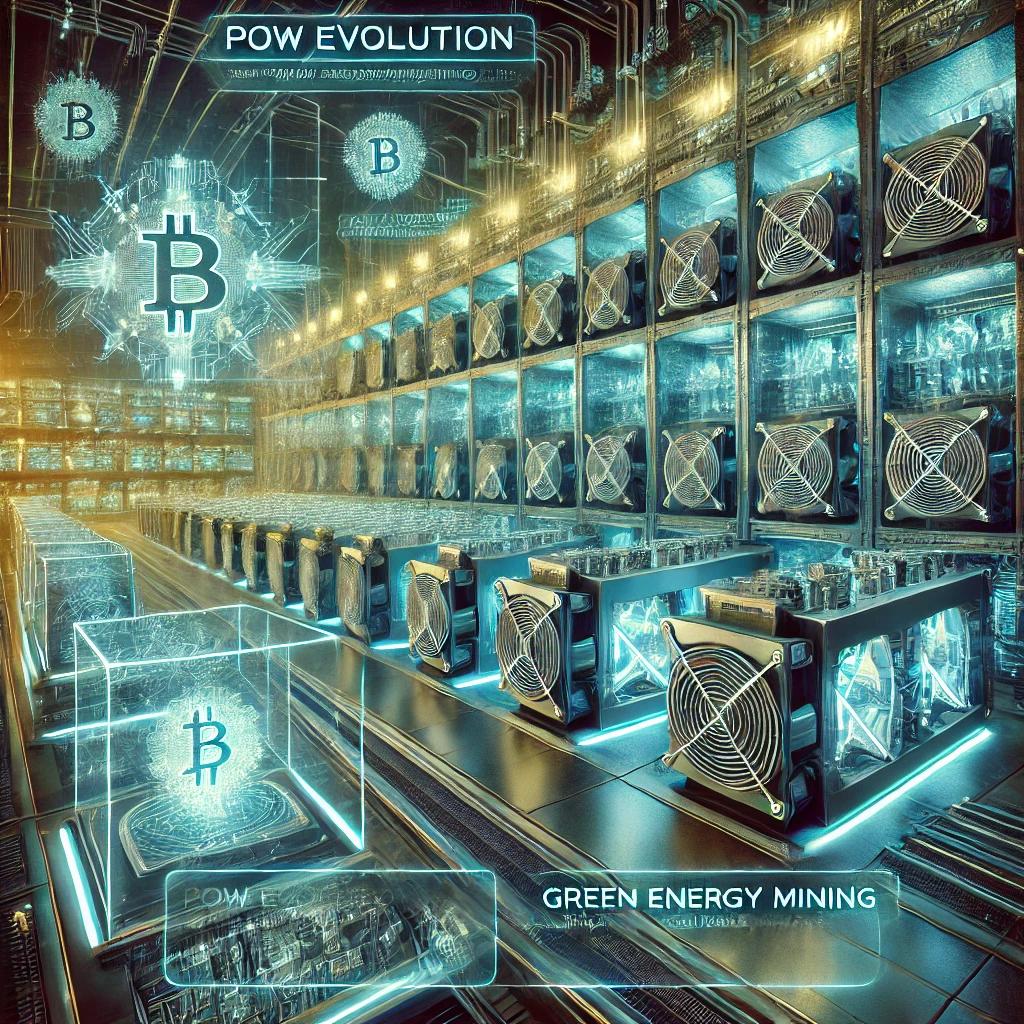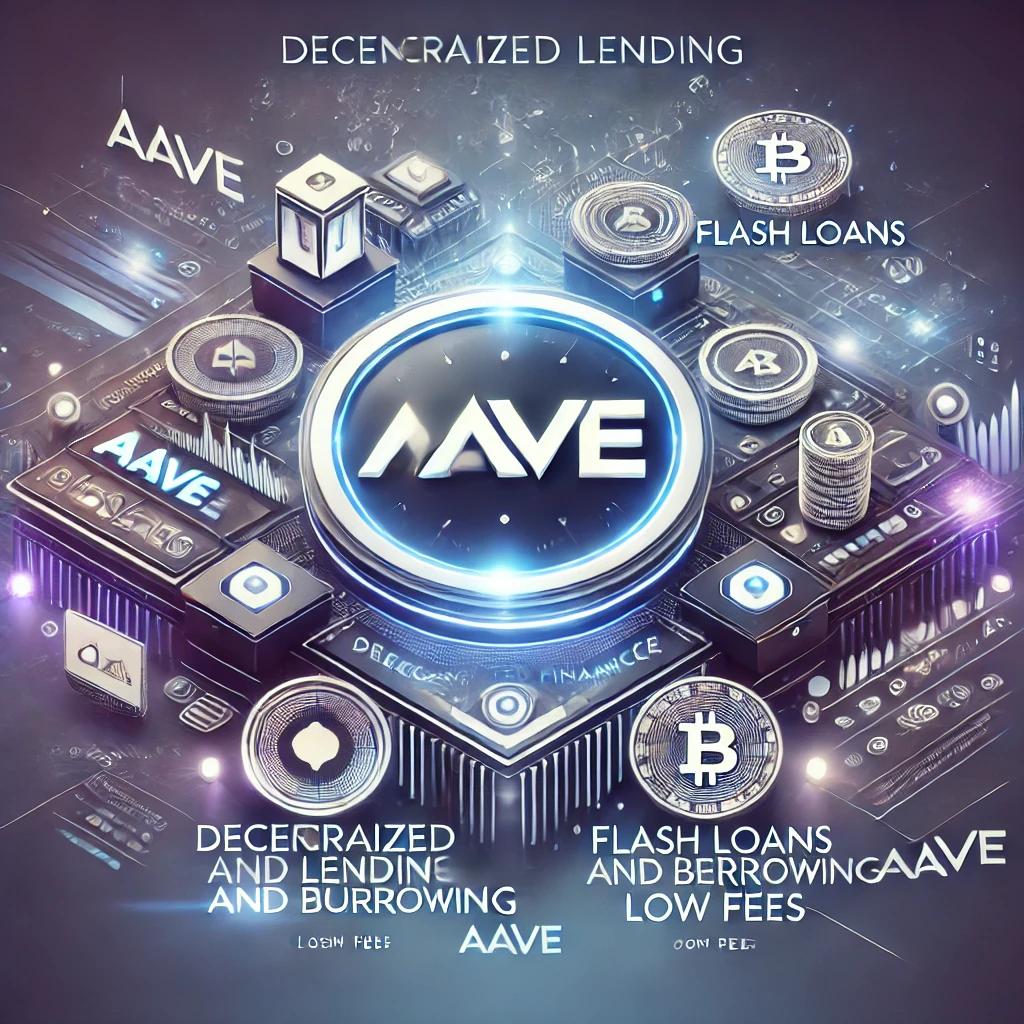📌 In this article, you will learn:
✅ What new technologies miners are using in 2025.
✅ How Proof-of-Work (PoW) has evolved and what’s new in mining algorithms.
✅ The best mining hardware: ASIC, GPU, CPU, and alternative mining methods.
✅ How eco-friendly mining solutions are making crypto mining sustainable.
✅ The rise of cloud mining, decentralized mining, and emerging trends.
🔥 Cryptocurrency mining is constantly evolving. In this exclusive Cryptonna.com guide, we explore the latest advancements, market changes, and the future of mining.
1. What Is Mining 2.0?
💡 Mining 2.0 refers to the next generation of cryptocurrency mining, focused on efficiency, decentralization, and sustainability.
📊 How does it differ from traditional mining?
✔️ New hashing technologies improve speed and security.
✔️ Eco-friendly solutions reduce energy consumption.
✔️ Decentralization minimizes the control of large mining pools.
📢 Conclusion: Mining 2.0 is all about optimization, sustainability, and broader participation.
2. New Technologies in Cryptocurrency Mining
📌 What innovations have emerged in 2025?
📌 1. Energy-Efficient Algorithms
✔ Kaspa (KAS) – GHOSTDAG – a new PoW algorithm that operates faster with lower energy use.
✔ Nexa – NexaPoW – an advanced algorithm reducing hardware stress.
✔ Chia (XCH) – Proof of Space & Time – uses HDD/SSD instead of ASIC.
📢 Conclusion: These algorithms make mining more efficient and accessible.
📌 2. Next-Gen Mining Hardware
✔ ASIC (next-gen models) – more powerful yet more energy-efficient.
✔ GPU mining – still viable for Ethereum-like coins (ETC, RVN, Kaspa).
✔ FPGA mining – programmable chips for optimized PoW mining.
📢 Conclusion: Hardware improvements make mining more productive.
📌 3. Decentralized Mining
✔ Blockchain-based mining pools – Stratum V2 enhances miner privacy and control.
✔ Peer-to-peer mining – reduces reliance on centralized pools.
📢 Conclusion: Blockchain is improving mining mechanisms, making them more secure and fair.
3. Eco-Friendly Mining: Myth or Reality?
📌 How is the industry reducing its carbon footprint?
✔ Green energy sources – solar, wind, and hydroelectric mining.
✔ Thermal recycling – mining farms repurpose heat for heating systems.
✔ Carbon-neutral mining companies – major pools offset CO2 emissions.
📢 Conclusion: Sustainable mining is no longer just a trend but a necessity.
4. The Evolution of Cloud Mining
✔ Big companies now offer cloud mining solutions – no hardware needed.
✔ New DeFi platforms allow users to rent mining power.
✔ Smart contracts ensure transparency and eliminate fraud risks.
📢 Conclusion: Cloud mining 2.0 offers flexibility, security, and decentralization.
5. What Are the Most Profitable Mining Coins in 2025?
📌 Top 5 cryptocurrencies for mining in 2025:
✔ Kaspa (KAS) – fast PoW, low energy consumption.
✔ Ergo (ERG) – an Ethereum alternative with a unique economic model.
✔ Ravencoin (RVN) – great for GPU miners after Ethereum’s transition to PoS.
✔ Nexa (NEXA) – a crypto asset with enhanced PoW security.
✔ Chia (XCH) – HDD mining with no overheating or excessive electricity use.
📢 Conclusion: These projects offer new solutions for more efficient and sustainable mining.



